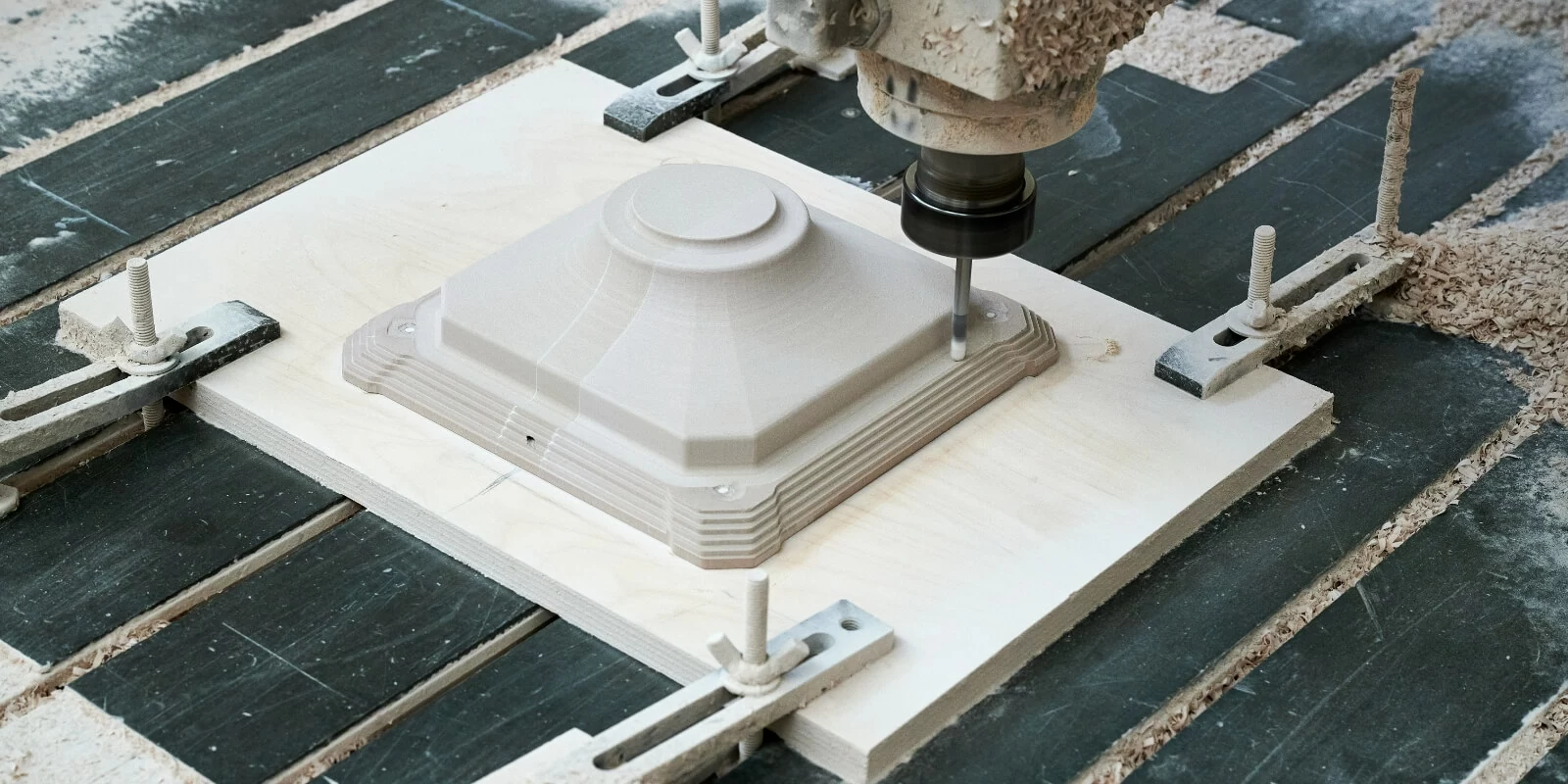How to Optimize & Improve the Quality of Your Finishes in CNC Work

Finishing is a crucial step to the CNC process and can make a big difference in the final quality and appearance of your product. There are many different ways to finish CNC work, and the type of finish best-suited for your project will depend largely on product specs and on the intended use of the piece.
Here are some tips on how to optimize and improve the quality of your finishes in CNC work, along with several examples of different finishes you can use for your projects.
Use sharp tools: First and foremost, always use fresh, sharp cutting tools. This will help to ensure a clean cut and avoid any chipping or damage to the material during CNC operation.
Use a coolant: If possible, try to use a coolant when finishing, as well. This will help to keep the material from overheating and prevent any burning or discoloration.
Test your finishes: For best results, always test your finishes on a scrap piece of material before applying them to your final product. This will help you to get a feel for the finish and make any necessary adjustments before proceeding.
Take your time: Lastly but one of the most important things to keep in mind when finishing CNC work is to take your time and be as precise as possible. Rushing through the finishing process will likely result in an inferior product and in some cases can even damage the material you’re working with.
If you’re unsure about how to best finish your CNC work, it’s always a good idea to consult with an expert like the team at ShopSabre. We can help you choose the right type of finish for your project and walk you through the steps needed to achieve a high-quality result.
Choosing Your Finish
There are many different types of finishes that can be used on CNC work, and the best finish for your project will depend on the material you’re using and the intended purpose of the piece.
No matter what type of finish you choose, be sure to take your time and apply it carefully for best results. CNC work can be delicate, so it’s important to handle it with care during the finishing process.
Some common finishes include:
As machined: As machined parts have visible tool marks that follow the path of the cutting tool. Parts can then be smoothed or polished to improve their surface quality and aesthetics by reducing their surface roughness. As machined finishes have the tightest dimensional tolerances and no added cost, but the visible tool marks may not be desired in the end product.
Bead blasting: Bead blasting adds a uniform matte or satin surface finish to the part, thus removing the tool marks. During this process, the part is blasted with small glass beads from a pressurized air gun, removing some material and smoothing the surface. Be sure to mask any critical surface or features to avoid any dimensional damage.
Anodizing: Anodizing adds a thin ceramic layer to the surface of the piece that protects it from corrosion and wear. Only compatible with aluminum and titanium, anodized parts can also be dyed in various colors before sealing, giving them an aesthetically pleasing surface finish.
Powder coating: This process adds a thin layer or protective polymer to the surface of the part and is a strong, wear-resistant option compatible with all metal materials. Powder coating can be combined with bead blasting to create parts that have a smooth and uniform surface and outstanding corrosion resistance.
Other types of CNC finishes include:
- Clear lacquer
- Painting
- Polishing
- Plating
- Vapor deposition
- Hot dipping
- Electrolytic processes
- Mechanical surface treatments (e.g., polishing, buffing, sandblasting)
- Chemical surface treatments (e.g., etching, pickling)
- Thermal spraying
- Flame spraying
- Laser cladding
- Welding
- Brazing
- Soldering
- Adhesive bonding
If you need a durable finish for metal workpiece, powder coating or anodizing would be good options. If you need a finish that’s resistant to corrosion, plating or hot dipping might be better choices. And if you’re looking for a finish that’s easy to apply and gives your wooden piece a shiny, finished look, clear lacquer would be a good option.
There are many different types of finishes available, so be sure to choose the one that best suits your needs. With a little care and attention to detail, you can achieve superior results in your CNC finishing.
Experience CNC the way it was meant to be with ShopSabre
ShopSabre’s industry-best CNC routers, plasmas, and accessories are designed to help shop owners grow their production through unmatched precision, repeatability, and automation all at an affordable price.
Our machines are easy to get up and running and to learn how to operate, even without any formal training. Our team of dedicated experts offers one-on-one support to help find the right machine for you and to make sure it works the way you and your business need it to.
Here are a few of the reasons ShopSabre is able to develop and produce such revolutionary CNC technology:
- Experienced in-house engineering talent
- The ability to totally fabricate and test designs onsite
- The ability to place the designs into production in-house
Shop our unmatched collection of CNC routers and CNC plasmas today to experience CNC the way it was meant to be.



